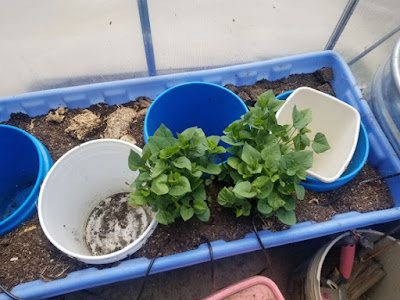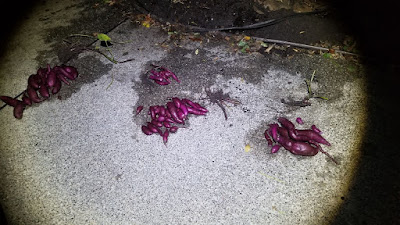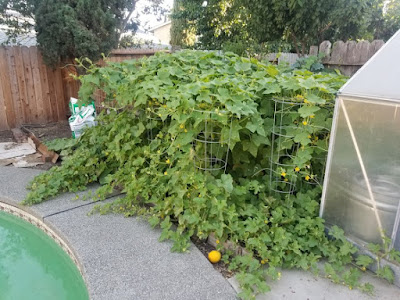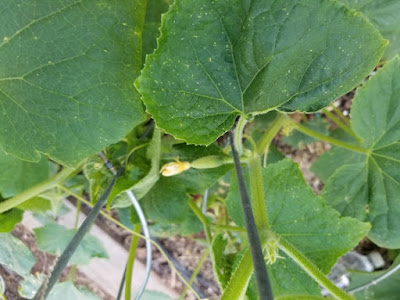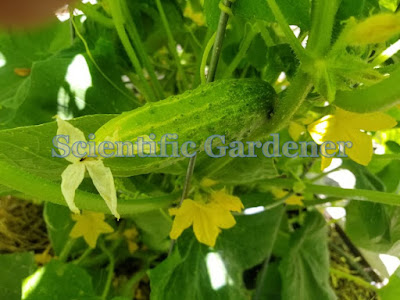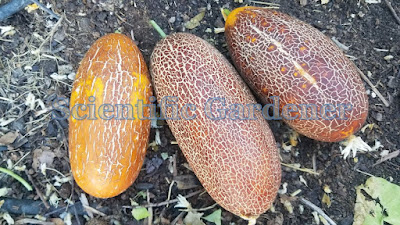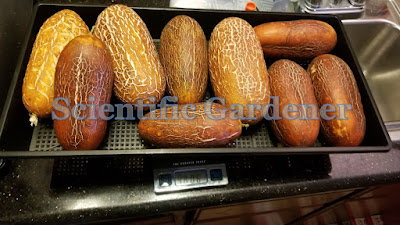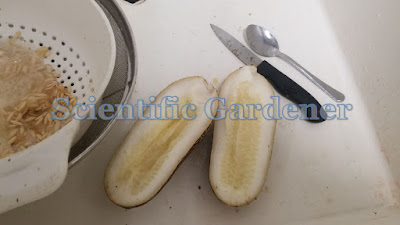Thanks to my EasiOyYa (Easy Olla) I am able to grow out sweet potato starts from May through the end of the summer. It is rather easy. All I need to do is plant my best sweet potatoes next to the EasiOyYas, let them keep everything moist and wait. Once the plants emerge, I let them get to be about 1 foot or so in diameter, then I twist them free of their mother tuber and bring them where I want to plant them. Then I plant the entire slip (including the roots) up to the first set of leaves.
Generally speaking, sweet potatoes transpire very little, so there is minimal water lost in the whole process. This being said, it may be wise if you live some place where the average high is over 100 degrees Fahrenheit, to provide afternoon shade for the first week – while the slip is establishing itself. This will ensure that it is able to get a good foothold before sprawling across the yard in its quest to conquer the world.
A little dish with cooked Purple Sweet Potato Pie filling.
As I produce slips from the greenhouse during the hottest part of the summer, I almost always have plenty to spare. If you are ever in town and in need of some Dingess Sweet Potato slips, simply drop by Cucumber Shop while I am around and I may just have some sweet potato slips waiting just for you.









